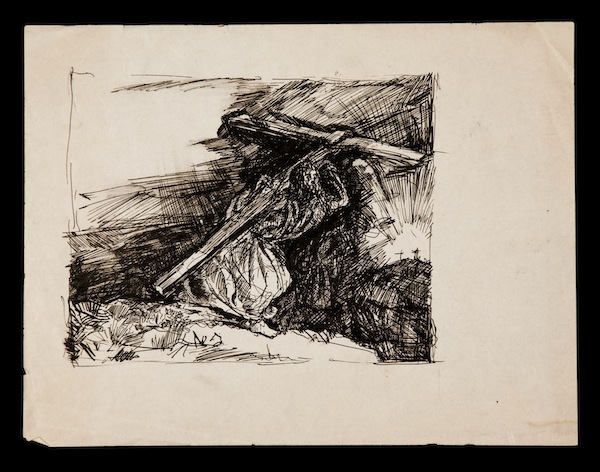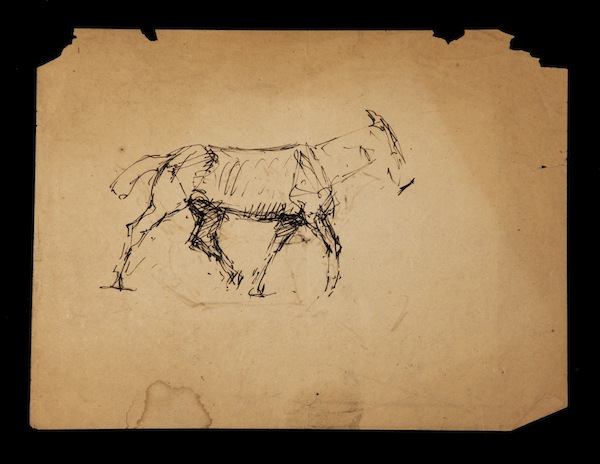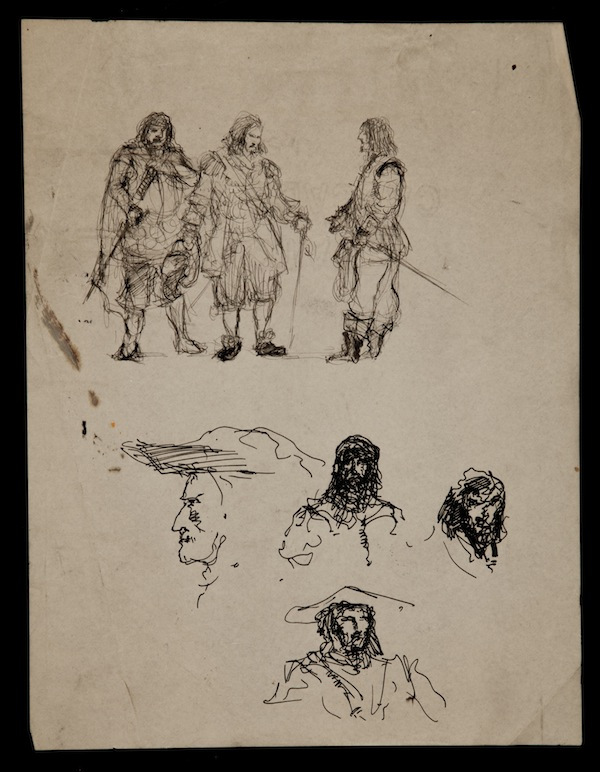Andrew Wyeth: 1917–2009 | Photo Courtesy of Bruce Weber, 1989
Andrew Wyeth
The youngest of N.C. Wyeth’s children, Andrew Wyeth is the most acclaimed artist in the family and has been recognized internationally as America’s foremost realist artist in the 20th century. Andrew began painting at a very young age and was particularly close to his father.
Andrew was privately tutored and never attended public school. N.C. felt that the years most children spent in school were the most critical time for an artist to perfect his craft and to absorb and learn to "see" as an artist. The essence of Andrew Wyeth's art is best expressed in his own words,
"I search for the realness, the real feeling of a subject, all the texture around it ... I always want to see the third dimension of something ... I want to come alive with the object."
During Andrew’s teen years, he mastered the art of watercolor, figure drawing, and later learned egg tempera from his brother-in-law Peter Hurd.
Not only was he inspired by his father, but also by the masters of Renaissance, especially Winslow Homer. As he grew more and more talented in the mediums, he began to fall in love with the scenes of the rural landscapes in his home town of Chadds Ford, Pennsylvania. His unique style started to take root as he launched his lifelong art career, but it wasn’t until his father’s death in 1945 that Wyeth’s art consolidated into his mature and enduring style.
Through the years Andrew Wyeth has painted some of America’s greatest pieces including the renowned Christina’s World, which now hangs at the Museum of Modern Art in New York. Andrew Wyeth's realism is a mix of art and life that we are all able to enjoy and understand.








